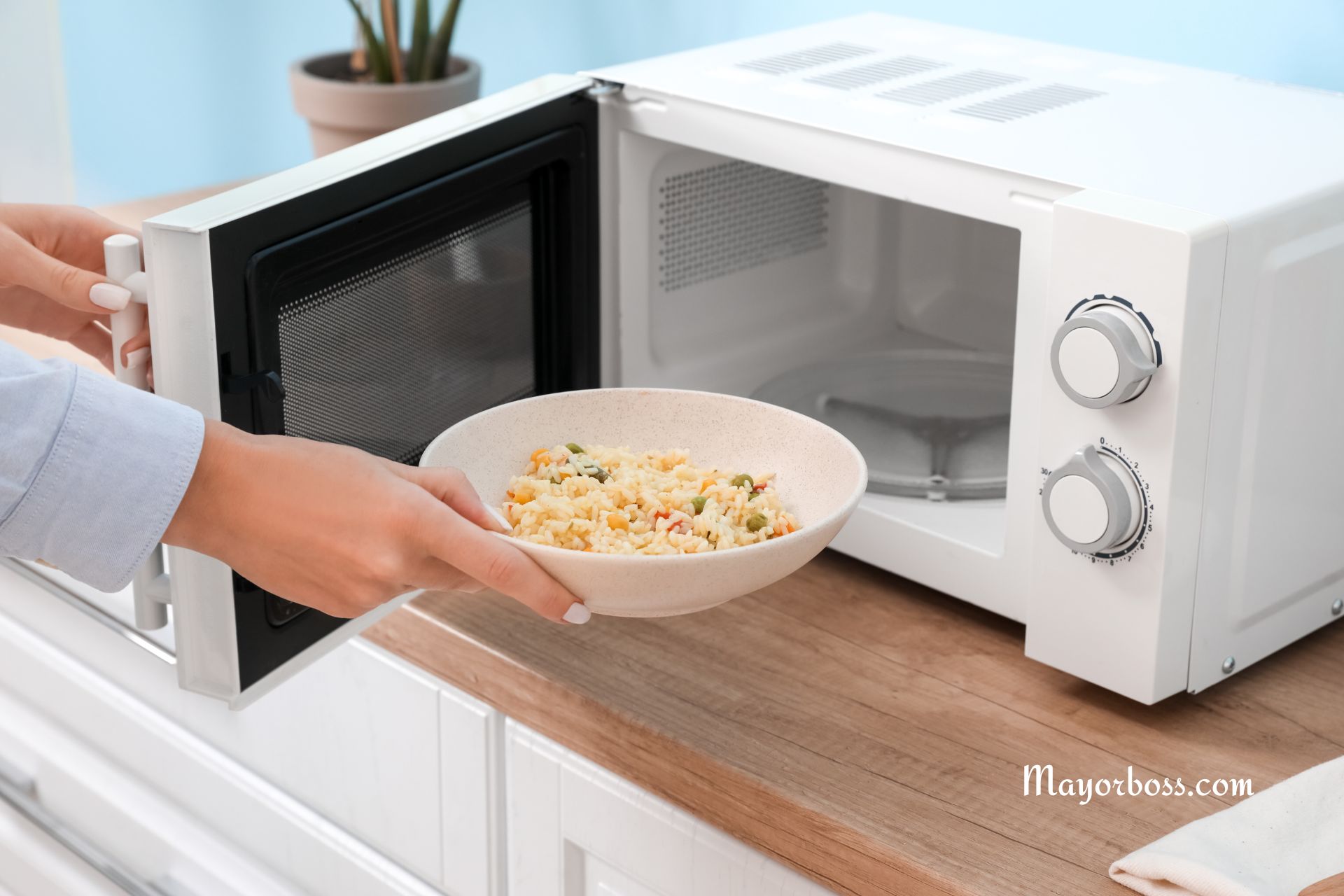Is it Safe to Stand in Front of a Microwave? Debunking the Myths.
Have you ever heard someone caution you about standing too close to a microwave while it’s running? Maybe they said it could expose you to harmful radiation or even start cooking you the way it does your leftovers. This idea sounds straight out of a sci-fi movie, doesn’t it? Well, let’s clear up the confusion and tackle some of the myths surrounding microwaves. We’ll make sense of what’s really going on when you heat up your food.

Understanding Microwave Radiation
First off, it’s crucial to understand what kind of radiation microwaves use. Unlike nuclear reactors or X-ray machines, microwaves emit non-ionizing radiation. This type means it doesn’t have enough energy to break chemical bonds or cause damage to your DNA, which is what leads to health issues like cancer. The primary function of this radiation is to excite water molecules in food, causing them to heat up through vibration. So, rest assured, the radiation from your microwave isn’t the mutant-making kind.
How Microwaves Keep the Radiation Inside
Now, you might wonder how this radiation stays inside the microwave instead of escaping and affecting everything around it, including you. The secret lies in the design. Microwaves are equipped with metal screens embedded in the glass door and metal walls that reflect the radiation back inside, cooking your food evenly. These barriers are specifically designed to prevent any significant amount of microwave radiation from leaking out. Moreover, there are stringent regulations in place that require microwaves to limit this leakage to a level far below what could harm human health.
The Real Risk: It’s Not About Radiation
When you’re standing in front of your microwave, watching your meal spin round and round, the real risk isn’t radiation; it’s the potential for minor burns or steam injuries. This can happen when you’re too eager to check whether your food is done and open the door without caution, allowing hot steam or liquid to escape quickly. It’s similar to being cautious around a boiling pot of water on the stove.
Debunking the Myths
So, where does that leave us with the myths about standing in front of the microwave?
- Myth: Microwaves emit harmful radiation that can cause cancer.
- Fact: Microwaves use non-ionizing radiation, which doesn’t have the energy to damage DNA or cause cancer.
- Myth: You’re exposed to microwave radiation if you stand too close.
- Fact: Microwaves are designed to keep radiation contained within, with strict regulations on leakage, making it minimal and harmless.
- Myth: Looking into the microwave can harm your eyes.
- Fact: The mesh screen on the door is specifically designed to block the wavelength of microwaves, keeping your eyes safe.
Conclusion
In conclusion, standing in front of a microwave while it’s running poses no significant health risks related to radiation. The design and regulatory standards ensure that any radiation leakage is well below harmful levels. Real caution should be taken regarding potential burns from steam or hot food. So, next time you’re microwaving your favorite snack, feel free to watch the process unfold. Just remember to open the door carefully to avoid a steam surprise.
Frequently Asked Questions
- Can microwave radiation leak over time and become dangerous? Even as microwaves age, the regulations in place ensure that they remain safe. However, if your microwave is visibly damaged or the door doesn’t seal properly, it’s a good idea to have it checked by a professional.
- Does standing closer to the microwave increase exposure? Given the effectiveness of the microwave’s shielding, any potential exposure doesn’t significantly increase when standing closer. The key is the integrity of the microwave’s design, not your proximity.
- Are some foods more dangerous to microwave than others? No food becomes dangerous when microwaved properly. However, microwaving food in inappropriate containers, like some plastics, can pose health risks due to chemicals leaching into the food. Always use microwave-safe containers.
